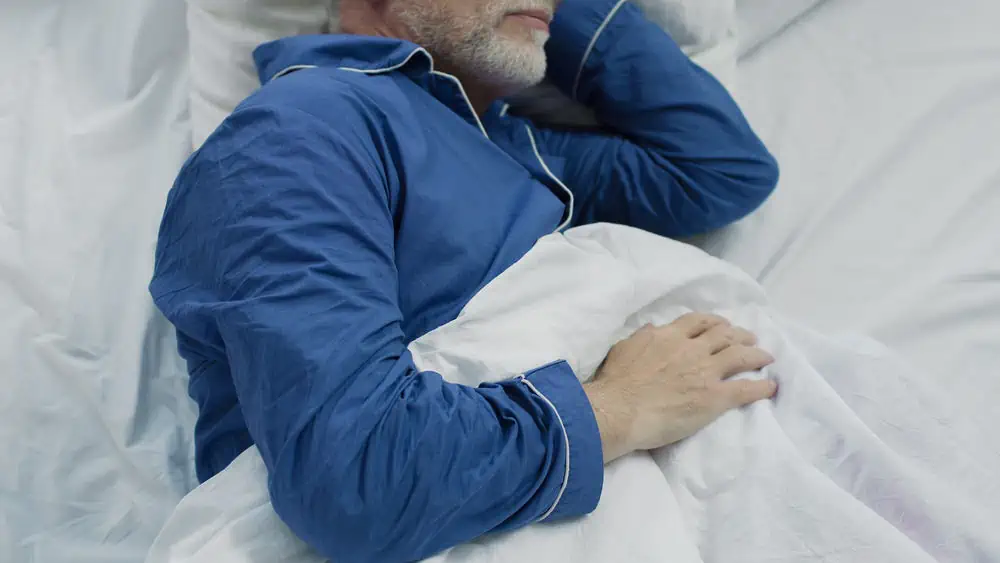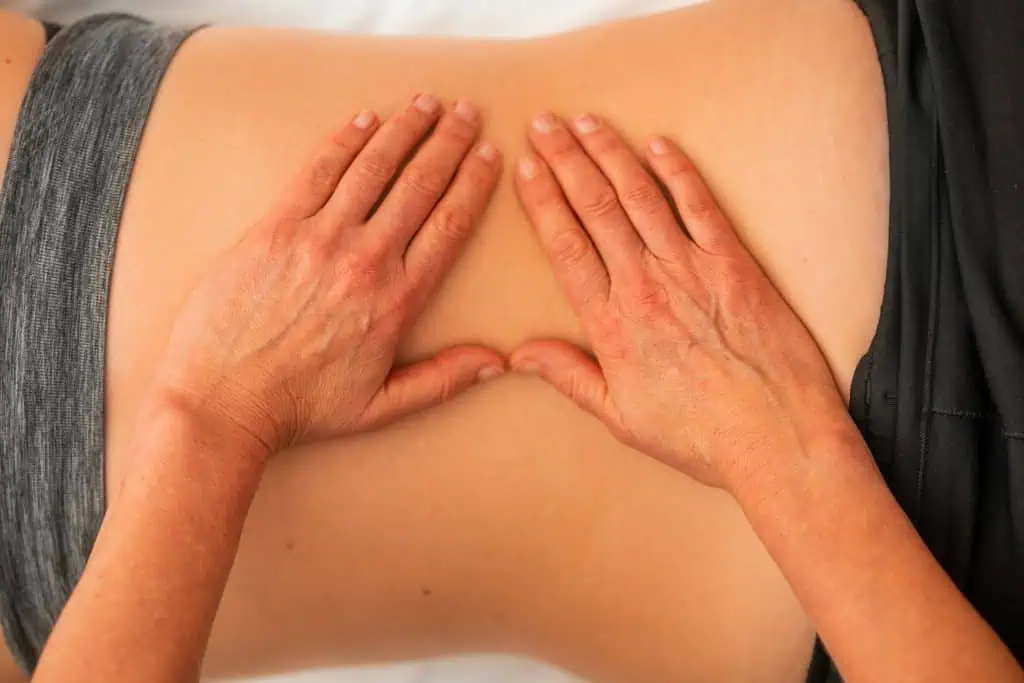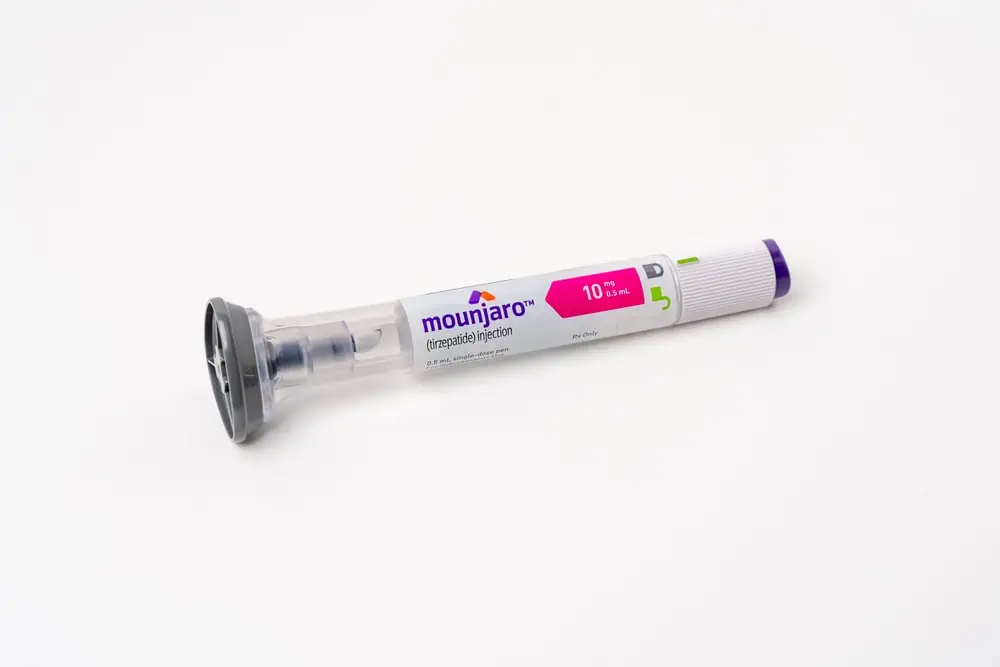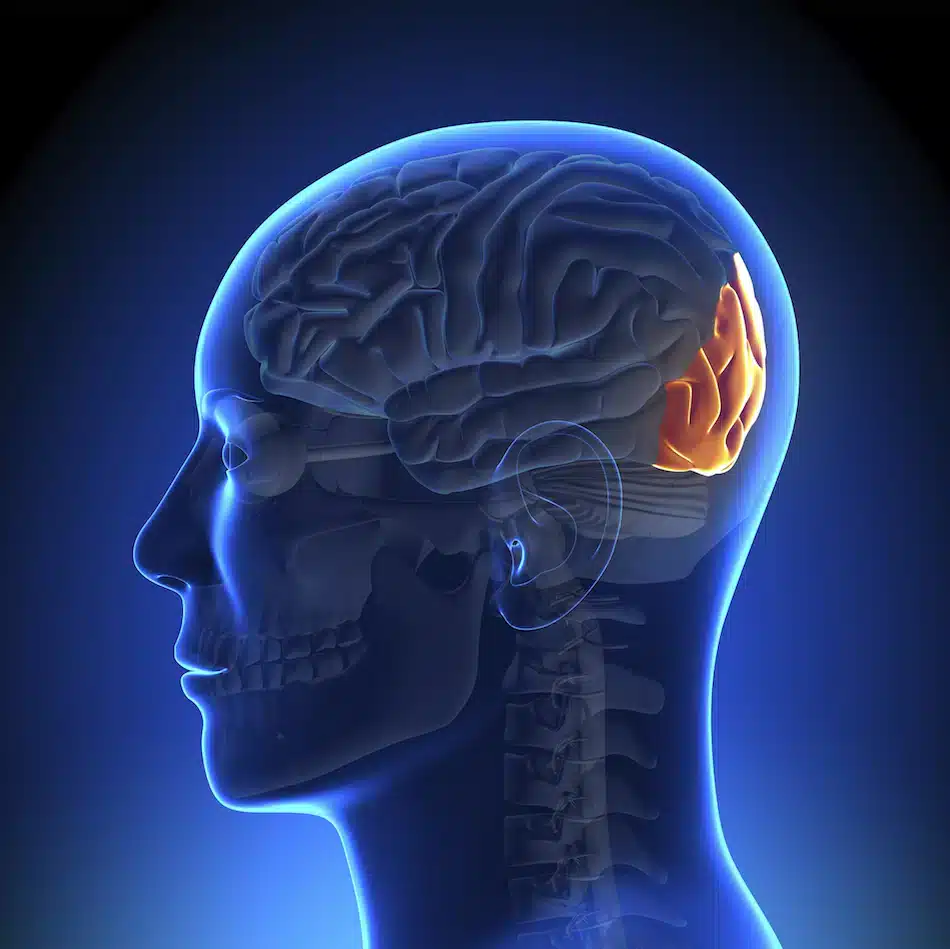Chickenpox has an evil counterpart in shingles, a much more sinister outbreak caused by the same varicella-zoster virus. Once the virus is in your system from a bought of chicken pox, shingles becomes a looming threat – especially later in life. And, to make it worse, the condition brings with it the possibility of long-term chronic pain, a condition known as postherpetic neuralgia. But, with the proper information and treatment, it’s possible to effectively manage (and even prevent) these conditions and relieve the associated pain.
Who’s at Risk?
Anyone who’s had chickenpox is at risk for shingles, however there are certain factors that make it more likely for the virus to be reactivated. Advancing age, a weakened immune system, illness and stress can all cause an outbreak.[1]
While not all people who get shingles will get postherpetic neuralgia, there is a substantial risk – especially for older individuals. According to Columbia University Medical Center, about 40% of people older than 60 experience postherpetic pain, while less than 10% of those younger than 60 are likely to develop it.[2] Individuals may also have a greater risk if their shingles outbreak was particularly severe, if their outbreak was on their face or torso or if they have a chronic illness (like diabetes).[1] However, this risk decreases if people begin a course of antiviral medication within three days of developing the shingles rash.
Symptoms and Causes
Shingles results in a painful rash and blisters, which are often preceded by pain. These symptoms should usually clear up within two to four weeks.[3] In postherpetic neuralgia, however, this pain continues even when the rash and blisters are gone. This happens if the shingles virus damages your nerve fibers. Since damaged fibers can’t properly communicate messages between the skin and the brain, the messages become confused and exaggerated, which your brain interprets as intense pain. The pain usually improves over time, but can take months – or even years – to resolve.[1]
It can often feel like a burning, sharp or jabbing feeling and can make your skin extremely sensitive to touch. Even clothes rubbing against the skin can become unbearable. The condition may also be accompanied by fatigue, depression and difficulty sleeping or concentrating.
Prevention and Treatment
Since 2006, a shingles vaccine has been available and is now recommended for those 60 and older, whether or not they remember having the chickenpox. The vaccine is also recommended for those who have already had shingles in order to prevent future occurrences. According to the CDC, this vaccine can reduce the risk of shingles by 51% and the risk of postherpetic neuralgia by 67%.3 Protection from the vaccine lasts about five years.
While there’s no way to cure postherpetic neuralgia, there are various ways to reduce the pain to make the condition more bearable. Columbia University suggests seeking out a comprehensive, multidisciplinary pain management-oriented approach when dealing with the lingering pain.[2] This type of approach may include pain-relieving skin patches or creams, anticonvulsants, TENS therapy or antidepressants, in addition to behavioral health services. While opioids may sometimes be prescribed, they’re typically less effective than other medications and have dangerous side effects.[2] Interventional procedures, including nerve blocks or spinal cord stimulation (for severe cases), may also be considered to provide a higher degree of pain relief.
If you or a loved one is experiencing chronic pain related to shingles, it’s important to see a doctor as soon as possible.
References
[1] Mayo Clinic. “Postherpectic Neuralgia.” September 16, 2015. Accessed January 17, 2017. http://www.mayoclinic.org/diseases-conditions/postherpetic-neuralgia/basics/prevention/con-20023743.
[2] Columbia University Department of Neurological Surgery. “Postherpetic Neuralgia.” Accessed January 17, 2017. http://www.columbianeurosurgery.org/conditions/postherpetic-neuralgia/.
[3] CDC. “Shingles (Herpes Zoster) Vaccine & Preventable Disease.” November 22, 2016. Accessed January 17, 2017. https://www.cdc.gov/vaccines/vpd/shingles/.











